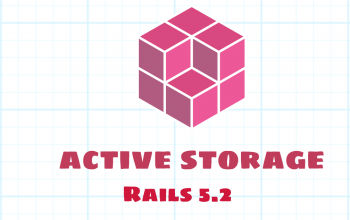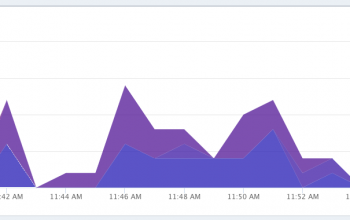How to create PDF’s and Images from your website in Rails
I am going to show you how to generate both a pdf and image from a single action in a controller using the awesome, wkhtmltopdf library. This also uses PDFKit and WebSnap gems available on GitHub. This example assumes the following:
- wkhtmltopdf and wkhtmltoimage are already installed and accessible on in the PATH.
- You have an html page setup to display the record.
- You have created a pdf CSS file to help display the pdf, if you so choose.
# config/initializers/mime_types.rb
Mime::Type.register "application/pdf", :pdf
Mime::Type.register "image/png", :png
# app/controllers/items_controller.rb
def show
@item = Item.find(params[:id])
respond_to do |format|
format.html { }
format.pdf {
html = render(:action => "show.html.erb")
kit = PDFKit.new( html, :zoom => 0.75 )
kit.stylesheets << File.join(RAILS_ROOT,
"public",
"stylesheets",
"pdf.css")
send_data kit.to_pdf, :filename => "item.pdf",
:type => "application/pdf",
:disposition => "inline"
}
format.png {
html = render :action => "show.html.erb",
:layout => "application.html.erb"
# I am nil’ing these options out because my version of wkhtmltoimage does
# not support the scale options and I do not want to crop the image.
snap = WebSnap.new(html, :format => "png",
:"scale-h" => nil,
:"scale-w" => nil,
:"crop-h" => nil,
:"crop-w" => nil,
:quality => 100,
:"crop-x" => nil,
:"crop-y" => nil)
send_data snap.to_bytes, :filename => "item.png",
:type => "image/png",
:disposition => "inline"
}
end
endNow you should be able to access three distinct views, each producing a different result
http://example.com/items/1 # => Generates an html page. http://example.com/items/1.pdf # => Generates a pdf of the html page. http://example.com/items/1.png # => Generates a png of the html page.
You could easily also add more image types by just created another block for each format, and changing the :format to whatever one you would like.


